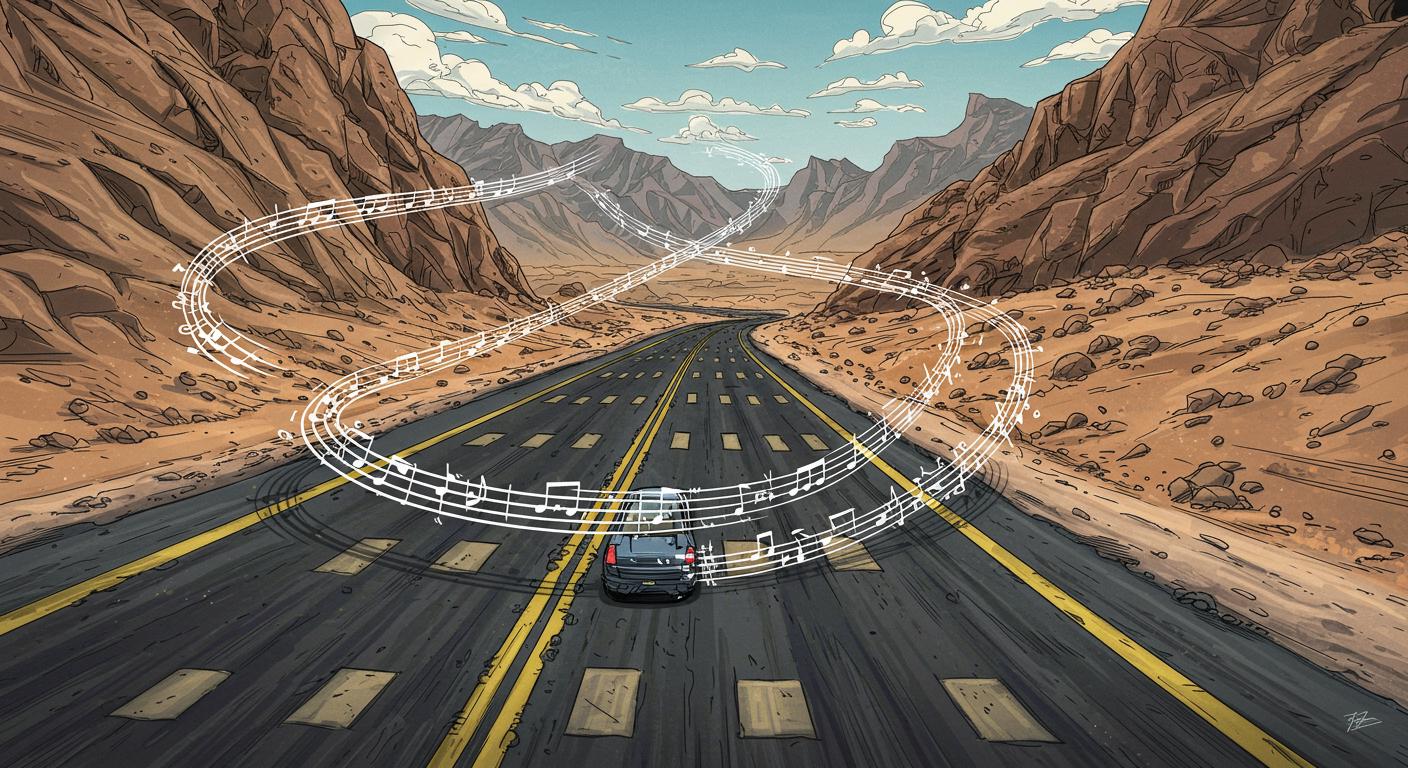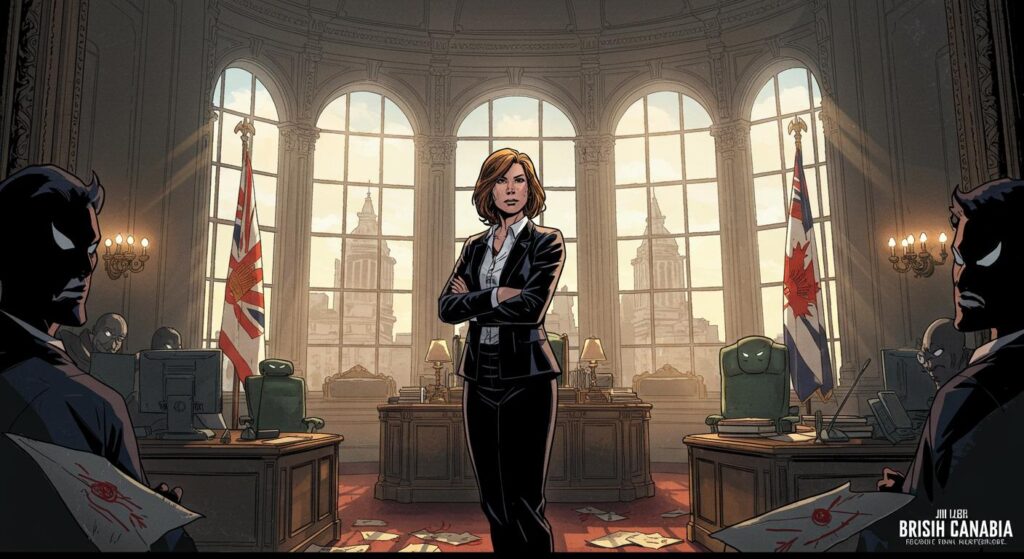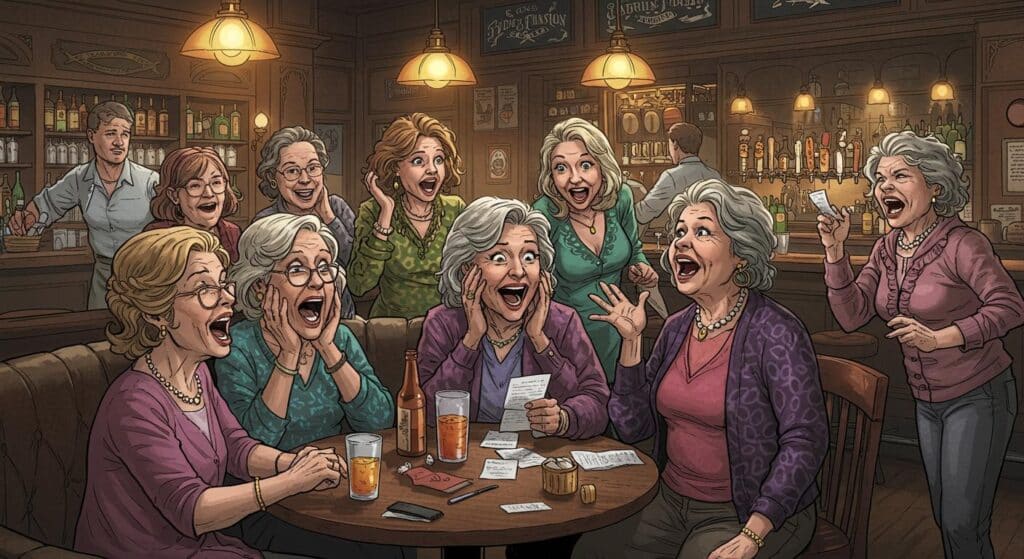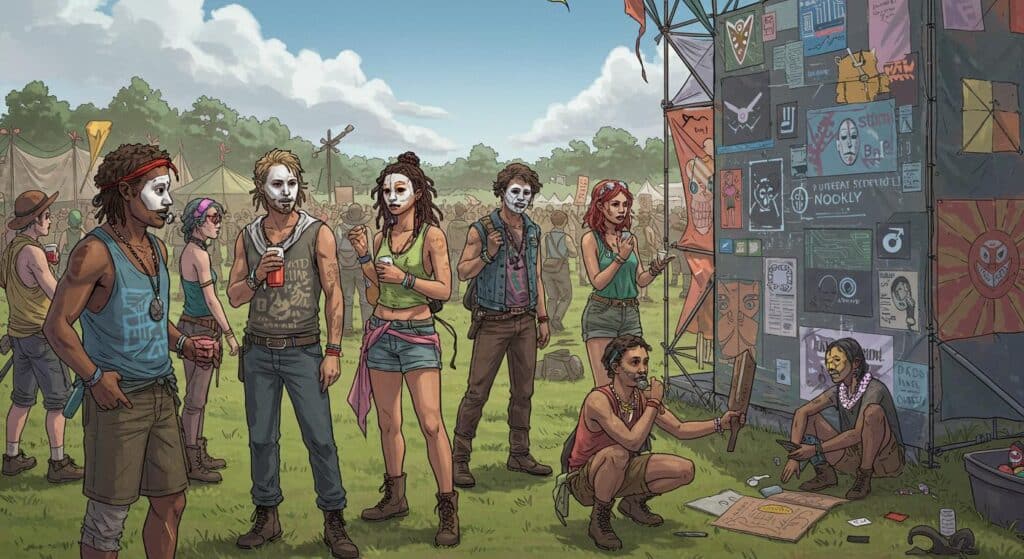There are plenty of ways to make a long drive more interesting—a well-timed playlist, the accidental discovery of a radio station dedicated to polka classics, or perhaps the eternal search for snacks under the passenger seat. But on a mountain road in Fujairah, United Arab Emirates, drivers are encountering something you simply can’t get from SiriusXM: as the Associated Press documents, the E84 highway has been engineered so that your tires can trigger a rendition of Beethoven’s Ninth Symphony.
The Accidental Orchestra: Public Art in the Passing Lane
Most drivers associate rumble strips with the low-budget horror soundtrack of an imminent lane departure, not with the “Ode to Joy.” Yet, for just under a kilometer—half a mile, for those of us who still think of our commutes in sandwich-length increments—motorists on the Sheikh Khalifa bin Zayed Road can create the recognizable melody simply by driving in the right lane at around 100 kph (that’s about 60 mph). As the outlet highlights, the project, known as the “Street of Music,” was a collaboration between the Fujairah Fine Arts Academy and local road authorities.
Ali Obaid Al Hefaiti, director of the academy, explained to the AP that the installation’s goal was a cultural one: an attempt to blend art with daily life, making the mundane commute just a little bit weirder (and, apparently, more melodious). The experiment aims to “spread the art culture,” according to Al Hefaiti, and to fuse music with the business of ordinary existence. If you’re picturing a concrete xylophone for your sedan, you’re not far off. Each rectangular groove segment, initially resembling an elongated lane marker, becomes a musical note as car tires pass over at the right velocity—sounding out the final movement of Beethoven’s most famous symphony.
When Social Media Meets the Symphony—And Why Beethoven, Exactly?
Since its installation, the musical road has become a minor social media phenomenon. The AP relays sightings of drivers intentionally slowing down just to catch the full tune, while onlookers have sometimes lined the shoulder to “listen in”—although, against a backdrop of whooshing traffic, this may require either dedication or particularly sturdy eardrums. Videos circulating online, as reviewed by the outlet, show everything from delighted reactions to confused double-takes. It’s a fair bet that GPS navigation systems in Fujairah are about to get a lot more interesting, too.
What’s perhaps most intriguing is the choice of music. As previously reported by the AP, similar “singing roads” have surfaced elsewhere, notably in Iran, but this appears to be a debut for the Arab world. Still, Beethoven in the UAE? Classical mashups may be all the rage among YouTube remixers, but the selection of a German composer for a Persian Gulf highway raises an eyebrow, even for the genre of public art that thrives on incongruity.
Pressed on this, Al Hefaiti shared with the AP that the decision was intentional—a prompt for his art students and, in effect, for all who pass by, to engage with cultures outside their own. A bit of cross-cultural symphonic diplomacy sandwiched between gas stations and city limits. It’s both a viral novelty and a subtle lesson: regardless of longitude, you might end up humming Beethoven by accident.
Symphonies, Snacking, and the Reality of Repetition
There’s a delightful absurdity in reclaiming a feature of road safety—meant to snap wandering drivers to attention—as a vehicle for music appreciation. The project’s designers seem aware that this is, at core, an artful bit of subversion, merging industrial monotony with a touch of classical grandeur. One can’t help wondering, as the AP subtly hints through its roadside observations: how long before daily commuters decide that there can, in fact, be too much joy? At what point does a half-mile of Beethoven become the Muzak of the eastbound commute—a curiosity that eventually fades into the background noise of everyday life?
As for the larger implications, it’s a tidy microcosm of public art’s strange place in infrastructure. Highways, after all, are the last places most people expect creativity—or to find themselves inadvertently conducting a four-wheeled symphony. The choice to introduce Beethoven into the United Arab Emirates’ morning traffic is maybe a little odd, a little inspired, and almost certainly memorable.
So: are we on the verge of an era when municipal planners debate whether to install Bach, Beyoncé, or birdsong at the next intersection? Or is this a glorious one-off experiment—a moment where concrete, rubber, and a brief orchestral flourish meet on the plainest of stages? As the Fujairah project gently reminds anyone with an open window and a sense of humor, sometimes the world’s most unexpected music is just waiting for the right set of tires.







